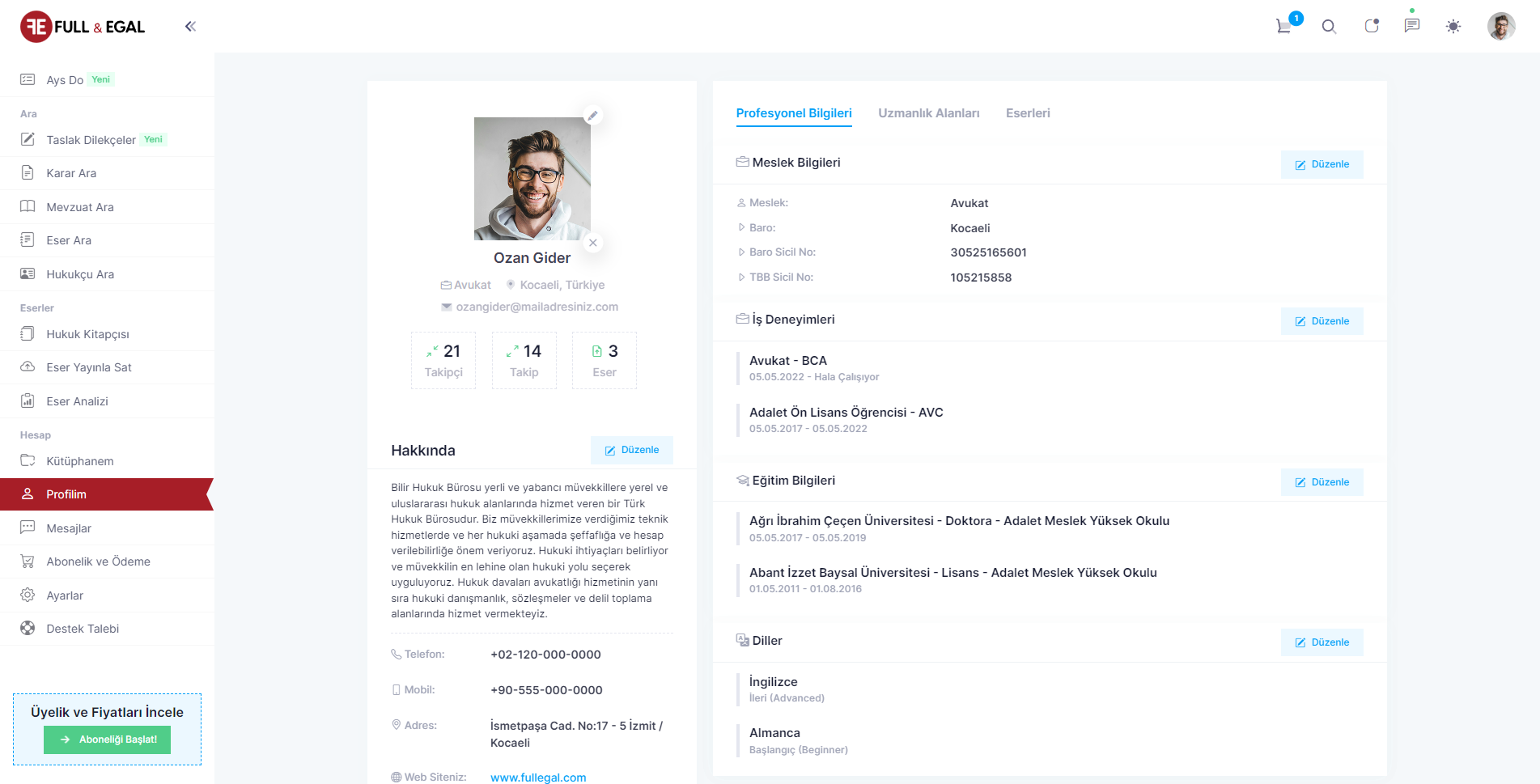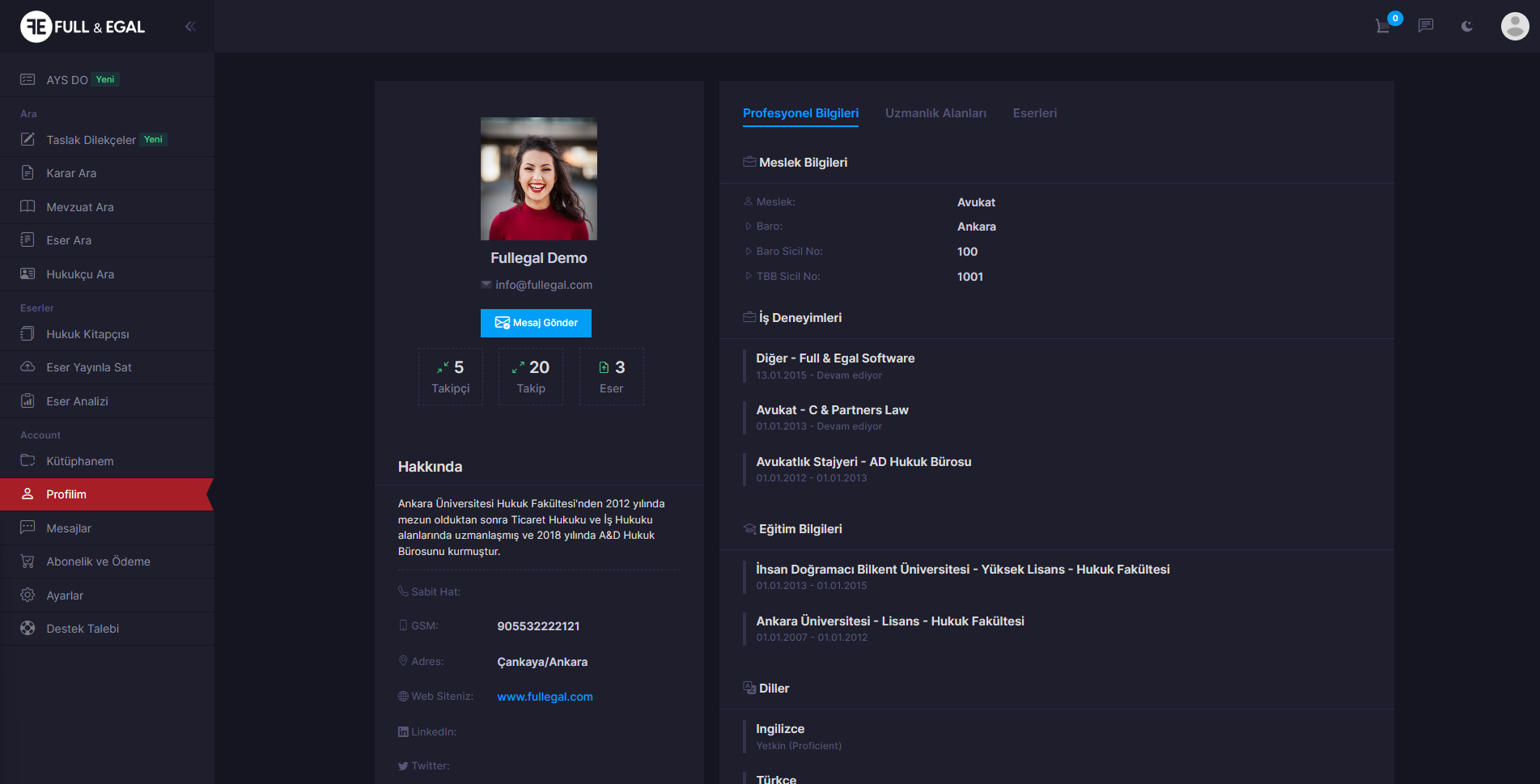24 May 2011
FOURTH SECTION
Application no. 11882/10
by Markus Veikko PENTIKÄINEN
against Finland
lodged on 19 February 2010
STATEMENT OF FACTS
THE FACTS
The applicant, Mr Markus Veikko Pentikäinen, is a Finnish national who was born in 1980 and lives in Helsinki. He is represented before the Court by Mr Risto Ryti, a lawyer practising in Helsinki.
A. The circumstances of the case
The facts of the case, as submitted by the applicant, may be summarised as follows.
The applicant is a photographer and journalist for the weekly magazine Suomen Kuvalehti. On 9 September 2006 he was sent by his employer to take photographs of the demonstration which was held in protest against the ongoing Asia-Europe meeting (ASEM) held in Helsinki. The demonstration was an exceptionally large one in the Finnish context and all media followed it closely.
Before the demonstration even started, the police surrounded the demonstrators as well a group of bystanders, in total hundreds of persons, and informed them that the demonstration was cancelled. The siege lasted for three hours. In the end there were only around 20 persons left, including the applicant, who had all been asked to leave the scene. The applicant thought that this request only applied to the demonstrators. Somewhat later he indicated to the police that he was a representative of the media and that he intended to stay until the situation was over. He was wearing his press badge. A police officer accepted this. A short time later the police arrested the demonstrators. When leaving the scene the applicant was also arrested and he was detained for 18 hours.
On 23 May 2007 the public prosecutor brought charges against the applicant for contumacy towards the police (niskoittelu poliisia vastaan, tredska mot polis).
On 17 December 2007 the Helsinki District Court (käräjäoikeus, tingsrätten) convicted the applicant of contumacy towards the police but did not impose any sanction on him. The court found that the police had the right to ask the applicant to leave the scene. The interference with the applicant’s right to use his freedom of exp













